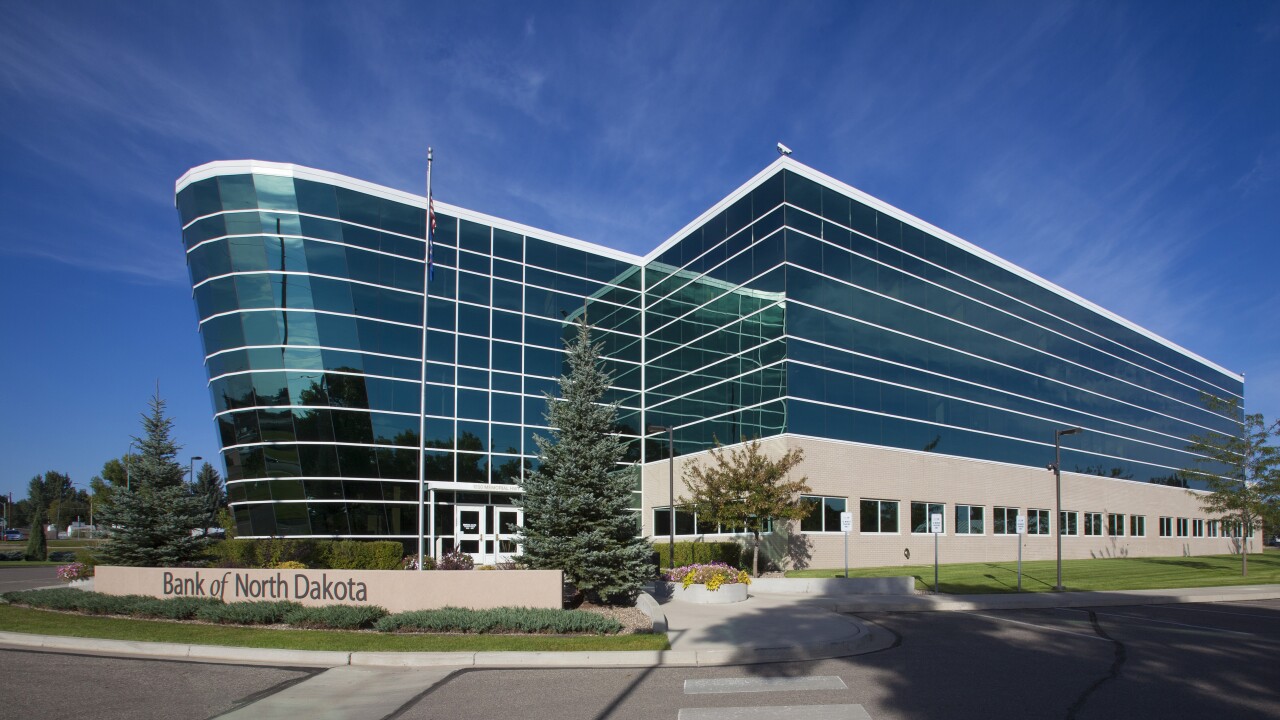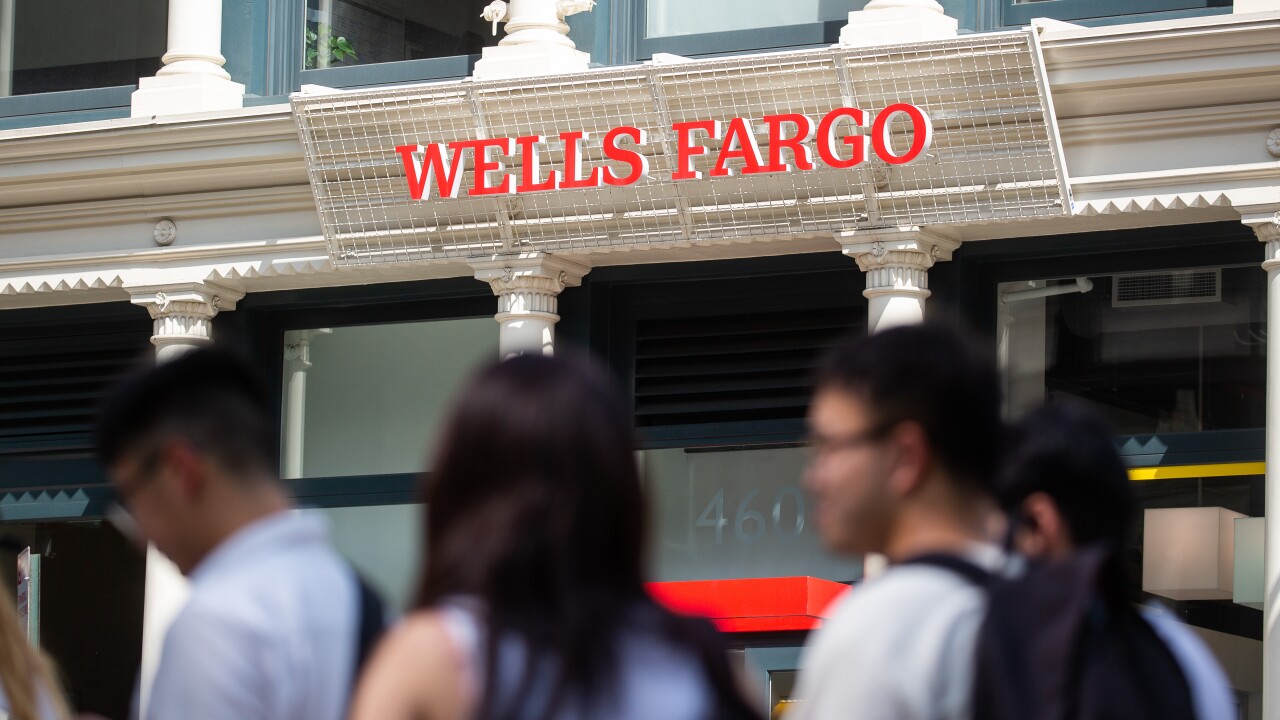IMGCAP(1)]
From the January/February 2009 issue of ISO&Agent magazine.
No immunity trophy exists that prevents an ISO from feeling some effect of current economic conditions. And while most ISOs agree making a dollar is tougher today than it was a year ago, ISOs continue to generate revenue and make a profit from merchant accounts. Among their business tools, ISOs turn to technology to help retain and add clients.
Merchant retention is especially important.
"We want to keep the merchants we have at the present time," says Mike Sanati, vice president of technology at Merchants' Choice Card Services, a Woodlands, Texas-based ISO. "Times are tough for everybody."
While optimistic for an eventual economic turnaround, ISOs are not waiting and are coming up with ways to find more revenue from existing merchants. They also are concentrating on reducing merchant attrition.
ISOs are finding new products, such as point-of-sale systems, that sell for less than similar systems a large retailer would use, to help strengthen the merchant's connection to the ISO. If a merchant gets a variety of services from the ISO, it becomes that much more difficult for the merchant to switch ISOs.
Increasingly, merchants want payment equipment that enables them to track inventory, clock employees' time, and generate sales reports. Point-of-sale systems are the next step for merchants that want a payment terminal that does more than accept payments, contends Henry Helgeson, president and co-CEO of Merchant Warehouse Inc., a Boston-based ISO. This year, Merchant Warehouse says it is working closely with POS-system maker PC America to incorporate its processing service into software loaded onto PC America's devices.
Such systems have become more affordable for smaller merchants, and more merchants are computer savvy than they were just five years ago, Helgeson notes.
No Easy Task
Merchants' Choice Card Services reviews a variety of factors in calculating the potential payoff of adopting new technology: Is the new technology convenient for customers? What is the revenue potential for the sales agent? What additional hardware or software is necessary for the merchant? For the ISO?
Some ISOs asking those questions are finding homegrown answers.
Within the past year, United Bankcard Inc., a Hampton, N.J.-based ISO, introduced HarborTouch, a POS system that only its agents sell. Merchants get United Bankcard's payment services in a device that does more than accept payments. The PC-based system includes software for a clock, merchandise pricing and inventory management.
ISOs long have worked with software developers to integrate their payment services into POS systems and POS-system software. The difference with these two examples is the emphasis on selling the POS systems through ISO sales channels. With POS systems in the agent's hardware offerings, the agent stands a better chance of making a sale with one because the equipment is familiar and the revenue plan is known easily. All this work points to greater emphasis on retaining existing merchants and generating more revenue from them.
ISOs that find ways to bring value to merchants will benefit, says David Fish, senior research analyst at Mercator Advisory Group Inc., a Maynard, Mass.-based research and consulting firm.
Merchants want to know not only how to reduce costs but how to maximize their business.
Changing Models
The ISO industry is shifting from a residual-revenue model to a service orientation focused on value for the retailer, says George Peabody, director of Mercator's emerging technologies advisory service. Merchants want to know how to increase the size of transactions, keep loyal customers and attract more customers, he says.
This year will be a "tough year" to make such a transition, Peabody says. Some ISOs "are dead already and don't know it. Others already are with the program," he says.
Falling residual income is a fundamental driver of the shift in business models, Peabody says. According to a review of the ISOs working with Calpian, a Dallas-based ISO lender, the first-month average residual revenue has fallen from $45 in September 2005 to $20 by February 2007. Calpian analyzed 89 ISOs in its review and released the findings at an Electronic Transactions Association conference last year.
Also telling is the average monthly revenue per merchant. For the 2003 to 2006 period, approximately 15% of the merchants in an ISO portfolio each generated less than $20 per month in average revenue, according to the Calpian study. From 2006 to 2007, the number of merchants falling into the group increased to roughly 40%.
The opposite end of the revenue scale-those merchants generating an average of $40 or more each per month-reversed from almost 35% of the portfolios studied in the 2003 to 2006 period to approximately 12% in the 2006 to 2007 period, according to Calpian.
"If you look over the track record of residual per merchant, they've dropped substantially over the past five years," Peabody says. This indicates a decreasing level of sustainable return, he says.
Conceptually, the industry is taking on characteristics of the enterprise market where products and services are licensed to a customer, Peabody says. That transition generates a different set of technological needs and ways to fulfill those needs.
Specifically, an ISO should look at its sales staff and see which ones act as "farmers," who are able to get sales of out an existing group of merchants. "Put 'farmers' to work selling something like HarborTouch," Peabody says.
What Is The Focus?
Terminal manufacturers say they hear echoes of the shift to more-capable payment equipment from their customers.
Customers want more than a piece of hardware to place on a countertop, says Scott Goldthwaite, vice president of global solutions at Hypercom Corp., a Scottsdale, Ariz.-based terminal maker.
Hypercom is bundling its Smart Payment software, used in PC-based POS systems, with a multilane terminal in a new product called Smart Payment EasyRetail. Hypercom markets the product specifically to ISOs, and operators can use the product as a standalone device or integrate it into retail-management software, Goldthwaite says.
Just as the products ISOs sell move from simple and familiar-traditional POS terminals-to complex and unfamiliar-POS systems-the sales process changes, too, says Dave Talach, vice president of global product marketing at VeriFone Holdings Inc., a San Jose, Calif.-based POS terminal maker.
A challenge for ISOs is determining how to sell new technology easily and quickly, Talach says.
Much depends on the ISO's strategy. "If it's about returning to fundamentals and being conservative, then sell security, wireless and contactless," Talach advises. "If it's about differentiation, then sell gateways, unattended terminals, into verticals and hospitality."
Ingenico S.A. also is embracing a broader version of the payment terminal for smaller merchants. The terminal maker is debuting this year a terminal-management service in the United States that provides support and updates.
Available globally, the service enables payment processors and ISOs to manage remotely the software running on their Ingenico payment terminals without having to download updates for each terminal separately, says Lisa Shipley, senior vice president of sales and marketing for Ingenico's North America business. Ingenico is based in Paris.
The service also provides software to ensure a terminal is compliant with requirements within a specific country, such as meeting standards for a national transaction network. ISOs can use the service to manage the terminals they install at merchant locations, which can be useful if the merchant wants to reduce some of its information-technology costs, Shipley says.
Many ISOs have terminal-management expertise in-house to help maintain contact with merchants, Shipley says. ISOs will be able to use Ingenico's management service and its support staff, or an ISO could provide technical support with its own staff and still have the same level of control, she says.
"They get to provide the same level of service but without the risk of maintaining an information-technology infrastructure," she says.
Persistence Paying Off?
Persuading a merchant to make a technology investment further cements that merchant to the ISO, Sanati says. As merchants contract for more services with an ISO, it becomes more difficult for the merchant to switch all those services to a new supplier, increasing the merchant's reliance on the ISO.
Merchant's Choice Card Services' approach to new technology is to take every opportunity to talk to merchants about what is ahead in payments.
Such investments likely are not going to happen as frequently as a year or two ago, but that does not mean the sales agent should shy away from talking with the merchant about new technology, he says.
"It's a soft sell more than anything else" that should pay off when economic recovery takes hold, Sanati says.
No ISO is waiting for an official proclamation of economic recovery, which explains why some are moving ahead with introducing their merchants to new technology, even if that introduction is just a conversation. "The economy depends on credit cards and credit card processing," Sanati says, and the ISO industry will continue to be important to the overall payments industry.
Such an attitude likely could be vital to an ISO's future, says Mercator's Peabody.
"Between the shrinking retail market and the need for business-model changes, it's going to be a tough year," Peabody says. "It's the kind of challenge that makes or breaks a company."
Facing such challenge likely will not be optional, he says. ISO





